We're at WYD 2023!
Early life and influences
Although Pope Saint John Paul II was born into a loving family, his early life was marked by suffering.. His older sister, Olga, died in infancy and, by the time Karol was twelve, his mother Emelia had died of kidney failure. His oldest brother, Edmund, died serving those stricken with scarlet fever and his father, a non-commissioned army officer died in 1941.
Inspired by the example of his family, particularly the humility, devotion, fidelity, and gentleness of his father,the Pope always called families to recognize that they are the first “school of love” and of “life” — a “domestic church.” During World War II, Karol Wojtyła did hard and dangerous labor in a chemical factory and a rock quarry. He also knew the hard work of study and teaching. He saw human work as a noble task that develops the human person.
“After her death and, later, the death of my older brother, I was left alone with my father, a deeply religious man. Day after day I was able to observe the austere way in which he lived …his example was in a way my first seminary, a kind of domestic seminary.”
Karol Wojtyła
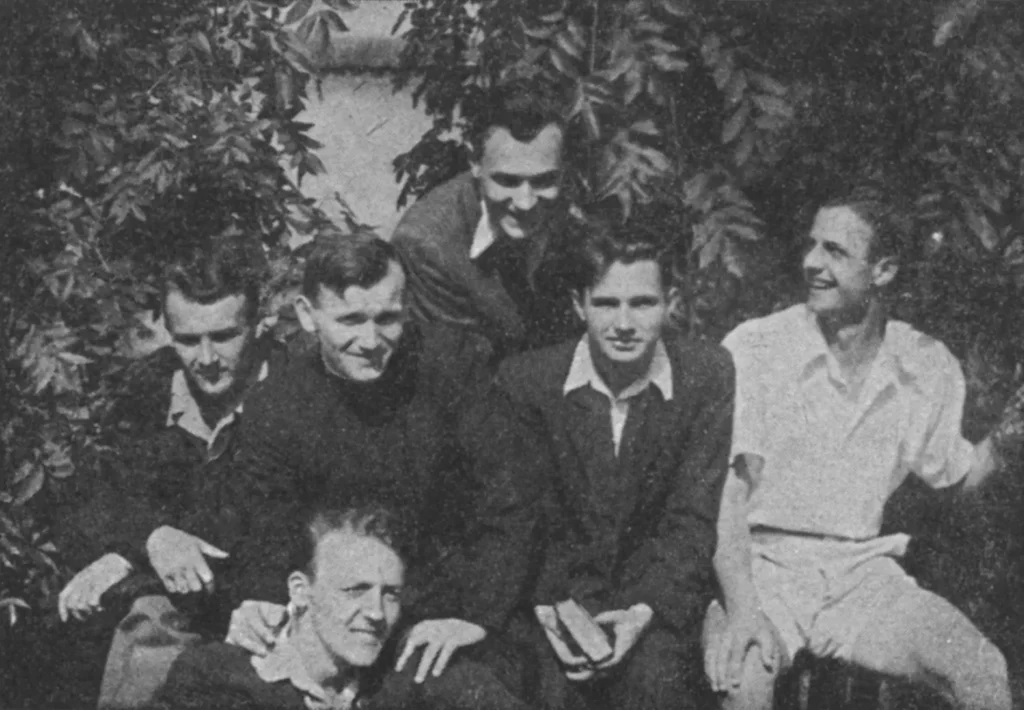
From priesthood to papacy
After the death of his father, in 1942, Karol joined a clandestine seminary. Under communism, it was illegal for priests to organize activities outside of a Church, but Karol Wojtyła did it anyway. Throughout his years as priest and bishop, he took young people to the mountains, on retreats, on pilgrimages, and spent time in their homes. He knew Jesus calls all of us to share our faith, no matter the cost.
He was elected Pope on October 16, 1978, and took the name John Paul II. Immediately, John Paul II went out to the entire world with a clear mission: defending our Freedom. Throughout the 1960s and 1970s, John Paul II opposed the communist regime in Poland by defending the truth about human beings as both bodily and spiritual creatures. John Paul II knew that authentic human flourishing requires the acknowledgment of the truth about humans and that truth can be known through reason and faith. He invited faith communities, religious traditions, representatives of the world of science, universities, and other cultural institutions to the Vatican. During World War II, Karol Wojtyła did hard and dangerous labor in a chemical factory and a rock quarry. He also knew the hard work of study and teaching. He saw human work as a noble task that develops the human person.
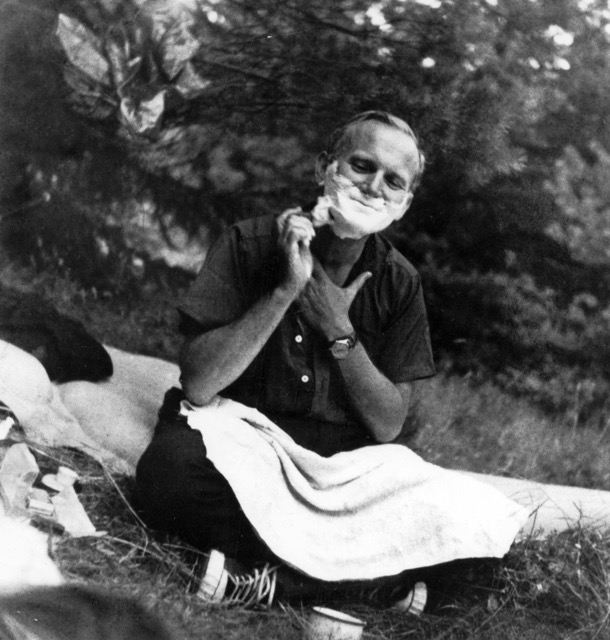
Saint John Paul II always loved the youth and was the founder of World Youth Day. Through the ten World Youth Days he attended, millions of young people experienced more profound conversions and became steadfast in their faith. World Youth Day 1995 in Manila—with over five million gathered—is one of the largest peaceful gatherings of humanity in history. Even in old age, Saint John Paul II was young at heart.
“It is always Christ who sends. But whom does he send? You, young people, are the ones he looks upon with love. Christ, who says, “Follow me,” wants you to live your lives with a sense of vocation. The search and discovery of God’s will for you is a deep and fascinating endeavor. Every vocation, every path to which Christ calls us, ultimately leads to fulfillment and happiness because it leads to God, to sharing in God’s own life.”
(Pope Saint John Paul II, WYD 1995)
As a young man, later priest, bishop, and pope, John Paul II was an avid athlete who loved to hike, camp, kayak, and ski. Through the discipline required by sport and recreation, he saw that these genuine human activities could help one to develop virtue.

“Sport… provides training in the spirit of collaboration, solidarity, loyalty, sincerity, and brotherhood and is a school for the human virtues which are at the basis of civic living; in short, the practice of sport is a school for social education.” (January 17th, 1985)
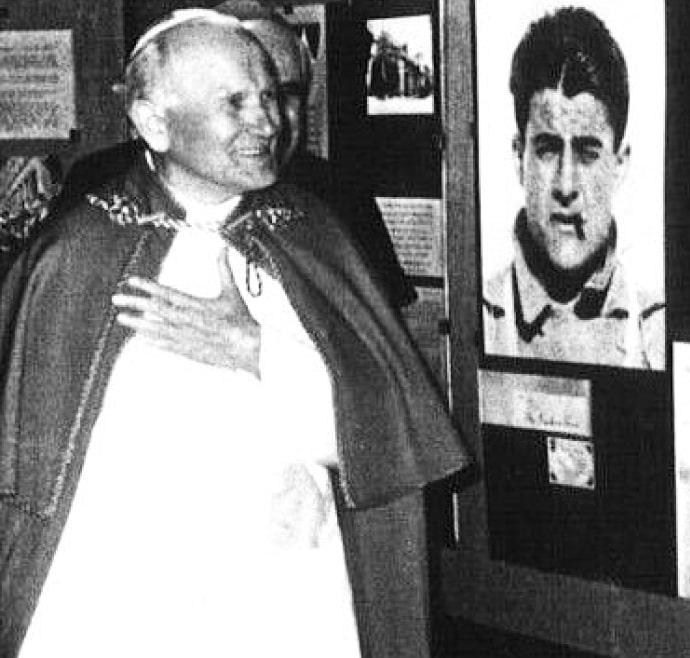
Saint John Paul II reminded the Church that everyone’s vocation is love: the self-giving of Jesus on the cross. In 1959, he published Love and Responsibility, challenged young couples to be open to love and life, and became the basis of his “Theology of the Body.”
“Man cannot live without love. He remains a being that is incomprehensible for himself; his life is senseless if love is not revealed to him, if he does not encounter love, if he does not experience it, and makes it his own if he does not participate intimately in it.”
(Redemptor Hominis, 10)
When Karol Wojtyla lost his mother at age 8, he took Mary as his spiritual mother mother. When he became the youngest bishop in the world in 1958, Karol Wojtyła adopted as his motto “Totus Tuus”—"totally yours, Mary”. He knew that by placing his entire life in the hands of the Blessed Virgin Mary, she would always lead him to Christ and to do God’s will.
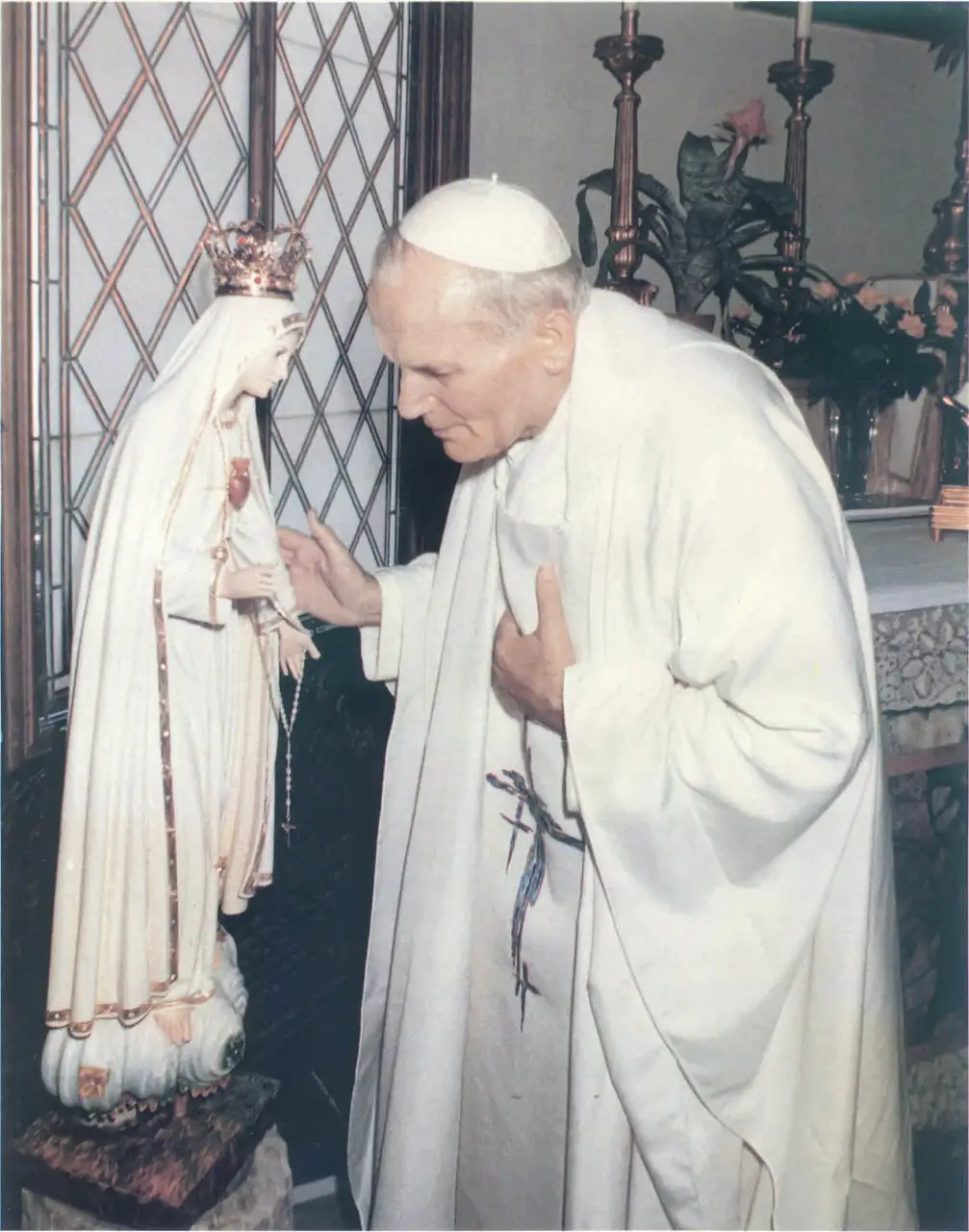
“The words, ‘Behold, your mother,’ are addressed to each of us. We are invited to love Mary as Christ loved her, to welcome her into our lives as our Mother, to let her lead us along the ways of the Holy Spirit” (Audience, April 28th, 1998)

John Paul II developed a deep love for Jesus in the Eucharist during his youth. Adoration and the Mass were central parts of his day. As pope, he instituted perpetual adoration in St. Peter’s Basilica, and traveled over 1.1 million kilometers to 129 countries, gathering tens of millions of people around Christ in the Eucharist for papal Masses.
“The Eucharist is the source of all your spiritual and apostolic vitality; because with your attitude of adoration, you deepen in faith, hope and charity.” (October 31st, 1983)
Holiness
Saint John Paul II was canonized on April 27th, 2014. By himself canonizing more people than all of the previous popes combined—over 480 saints from all places and walks of life— John Paul II showed that holiness is possible for everyone.
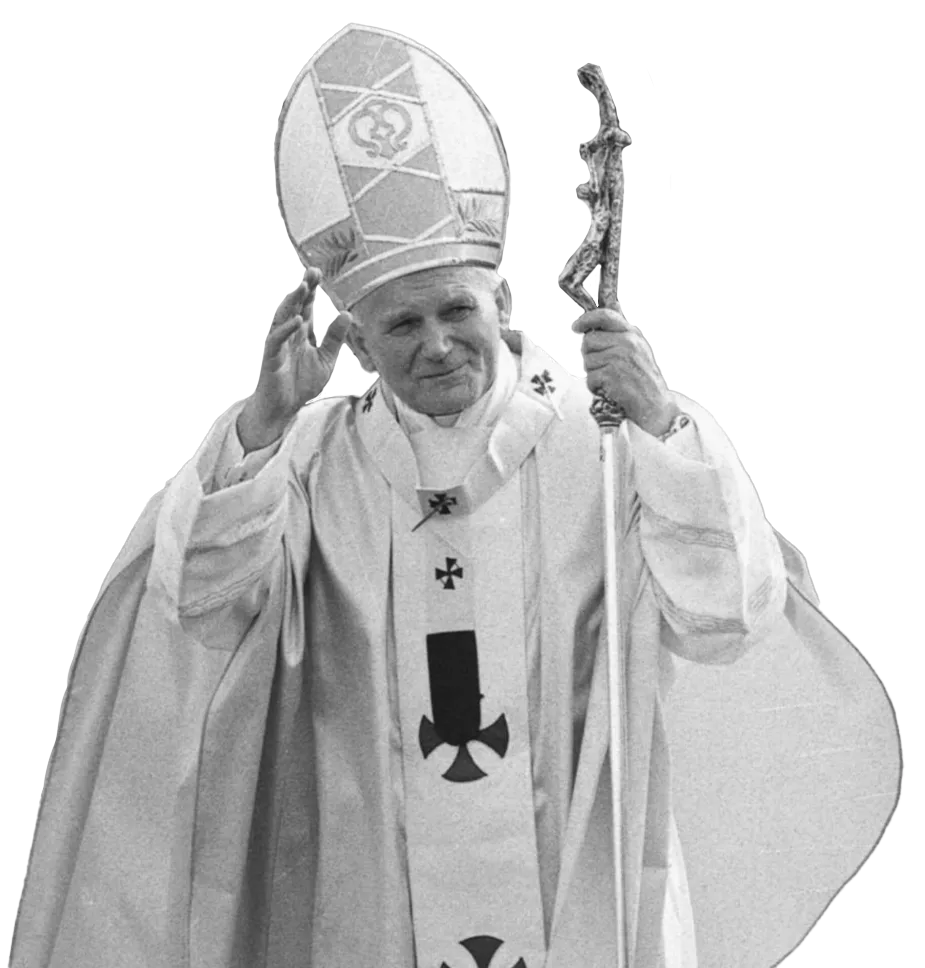
“The main task of the Church is to lead Christians along the path of holiness so that, illuminated by the intelligence of faith, they may learn to know and contemplate Christ’s face and to rediscover in Him their own authentic identity and the mission that the Lord entrusts to each of them.” (Novo Millennio Ineunte, 31)